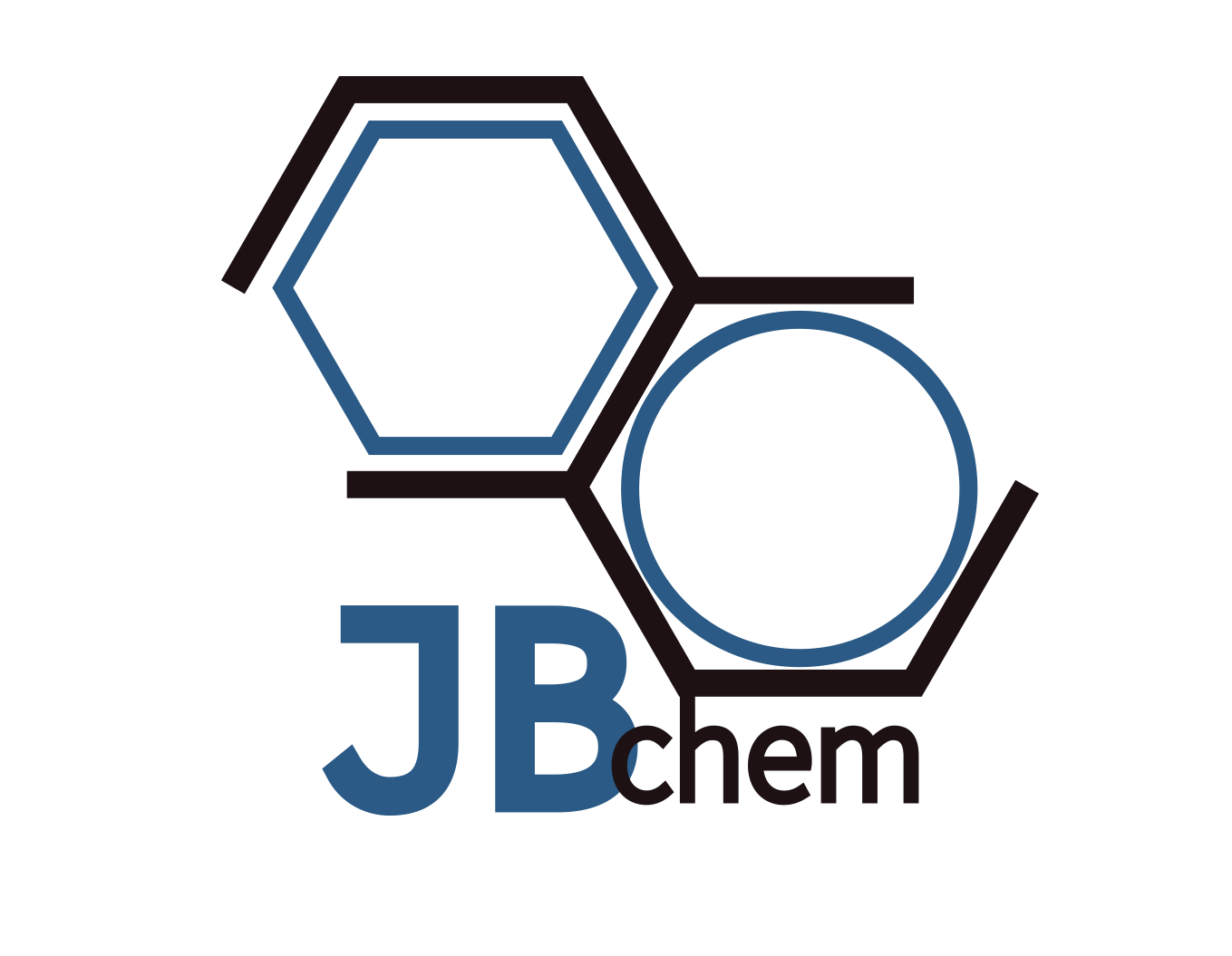Product Properties
Product:Holmium Chloride
Formula: HoCl3.6H2O
CAS No.: 14914-84-2
Molecular Weight: 379.29
Density: 3.7 g/cm3
Melting point: 720 °C
Appearance: Light yellow crystalline
Specification of Holmium Chloride
| CHEMICAL COMPOSITION | Specification | |||
| Ho2O3 /TREO (% min.) | 99.999 | 99.99 | 99.9 | 99 |
| TREO (% min.) | 45 | 45 | 45 | 45 |
| Rare Earth Impurities | ppm max. | ppm max. | % max. | % max. |
| Tb4O7/TREO Dy2O3/TREO Er2O3/TREO Tm2O3/TREO Yb2O3/TREO Lu2O3/TREO Y2O3/TREO | 1 5 5 1 1 1 1 | 10 20 50 10 20 10 10 | 0.11 0.03 0.052 0.005 0.005 0.005 0.013 | 0.1 0.3 0.3 0.12 0.01 0.01 0.05 |
| Non-Rare Earth Impurities | ppm max. | ppm max. | % max. | % max. |
| Fe2O3 SiO2 CaO CoO NiO CuO | 2 10 30 1 1 1 | 5 100 50 10 5 5 | 0.001 0.005 0.075 | 0.005 0.023 0.02 |
Application of Holmium Chloride
Preparation of Holmium Metal: Holmium chloride can serve as a starting material for the production of pure holmium metal. The metal is prepared through reduction processes, where holmium chloride is reduced with a suitable reducing agent such as lithium or calcium in a high-temperature process. Holmium metal has applications in manufacturing magnets and in nuclear reactors.
Doping Agent for Lasers and Glass: Holmium chloride is used as a dopant in the manufacturing of laser materials and special glasses. When doped into crystals or glasses, holmium can enhance the material’s optical properties, making it suitable for use in certain types of lasers (e.g., Ho:YAG lasers) that operate in the infrared range. These lasers are used in medical, industrial, and military applications.
Catalysis: Similar to other lanthanide chlorides, holmium chloride can act as a catalyst in organic synthesis and chemical reactions. It may catalyze various types of reactions, including polymerization and isomerization, by providing an efficient and sometimes selective pathway for the reaction to occur.
Research and Spectroscopy: Holmium chloride solutions are used in spectroscopic analysis as a calibration standard. Due to its sharp and well-defined absorption bands in the visible and ultraviolet regions, it is an excellent standard for calibrating spectrophotometers, ensuring accurate measurements in chemical and material analysis.

